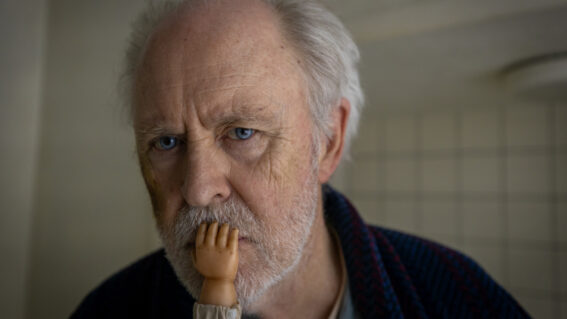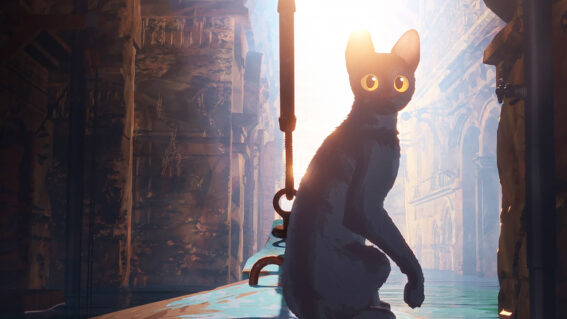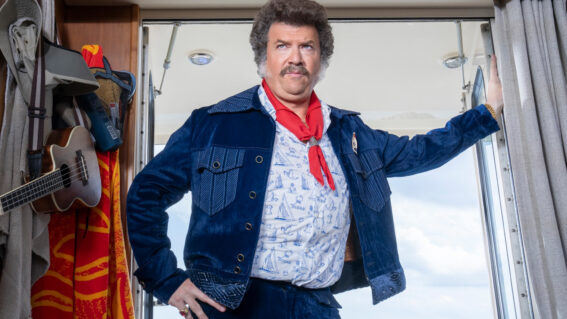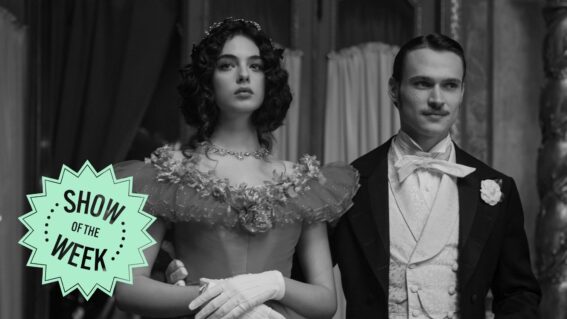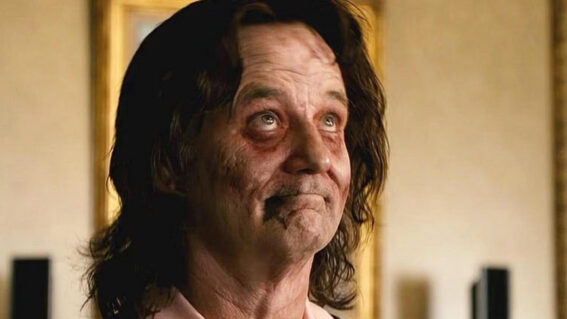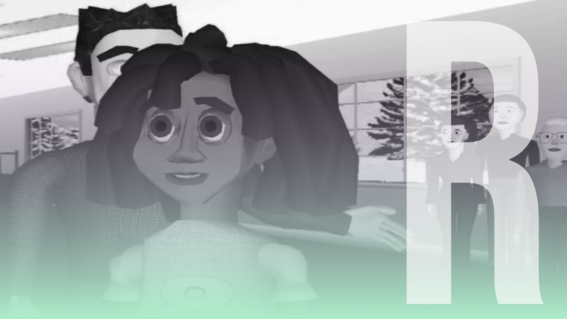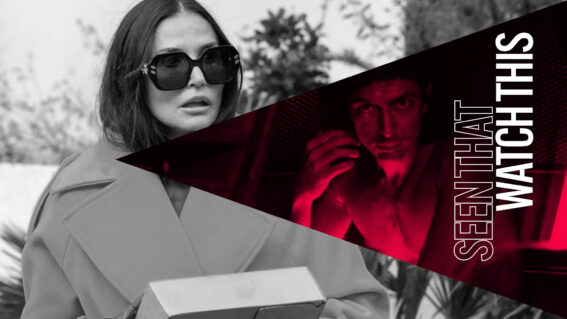4 horror anthology shows to watch after Cabinet of Curiosities
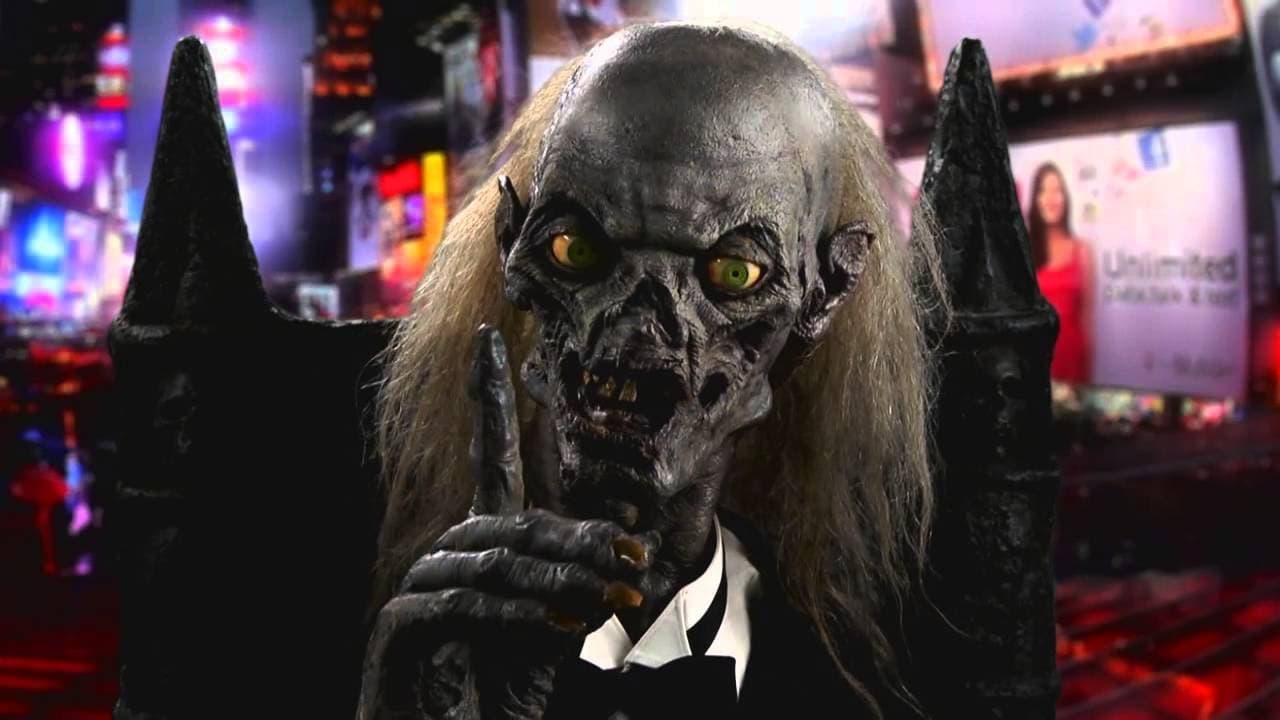
In Netflix’s excellent new series Guillermo del Toro’s Cabinet of Curiosities, the Mexican genre guru presents eight macabre tales of terror from some of the best directors in the horror genre including Jennifer Kent, Ana Lily Amirpour, Vincenzo Natali, and Panos Cosmatos. GDT himself is on Rod Serling duties, introducing each episode with a wry, measured monologue. It’s great stuff.
Anthology series have been a staple since the dawn of broadcast television, and horror anthologies have always been popular. Perhaps it’s because the natural form of horror is the short story, centering on one discrete, terrifying idea, and that makes for easy adaptation to a half-hour or hour-long format. Plus: if you get a dud episode, the next one is likely to be better.
Sadly, many of the best anthology series are unavailable online, so good luck tracking down bangers like Tales from the Crypt, Tales from the Darkside, or even the classic The Outer Limits. But many great series are available to stream, like the four below.
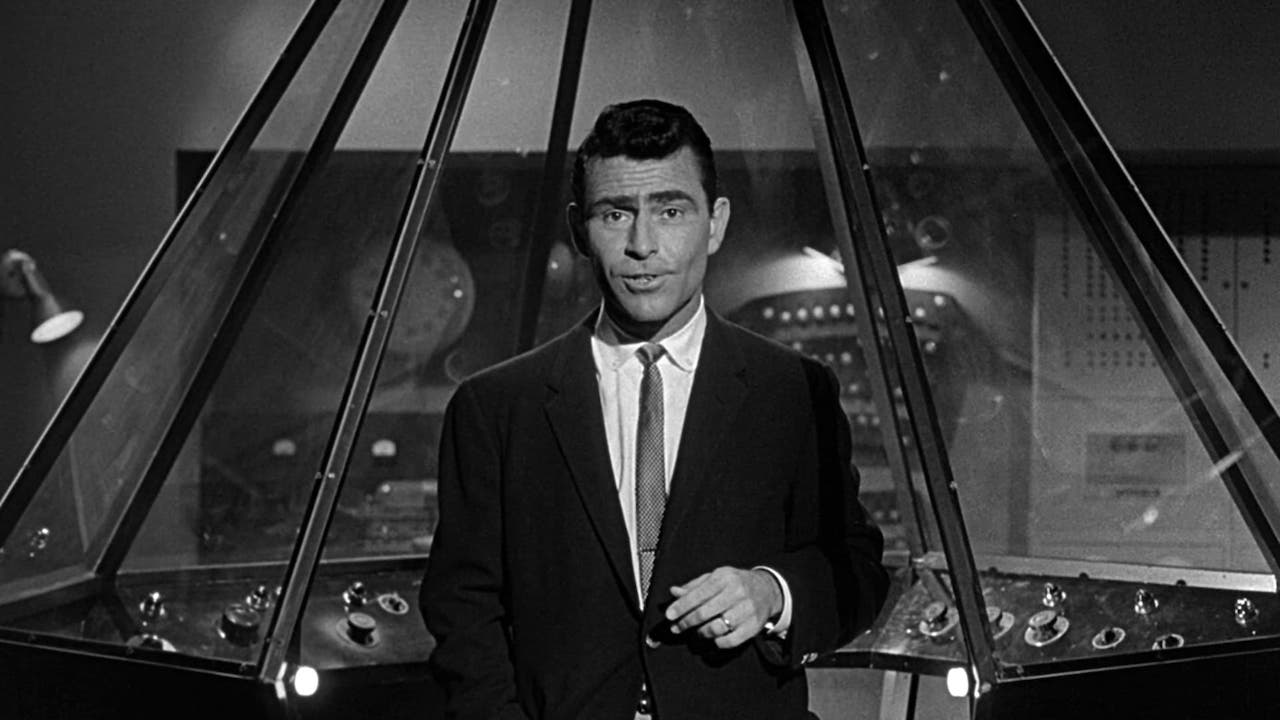
The Twilight Zone (1959—1964)
A top contender for the greatest television show of all time, Rod Serling’s immortal anthology series has been revived no less than three times: in 1985, 2002 (hosted by Forest Whitaker), and 2019 (with Jordan Peele). But it’s the original series that’s still the best. Serling, who wrote or adapted two thirds of the episodes himself, used the medium and genre to explore hot-button social issues that were too touchy for mainstream drama, such as the Red Scare in “The Monsters are Due on Maple Street” and the Holocaust in “Death’s-Head Revisited”.
It’s Serling’s steely moral core that sets The Twilight Zone ahead of its genre-mates, and that’s something none of the revivals have managed to recapture.
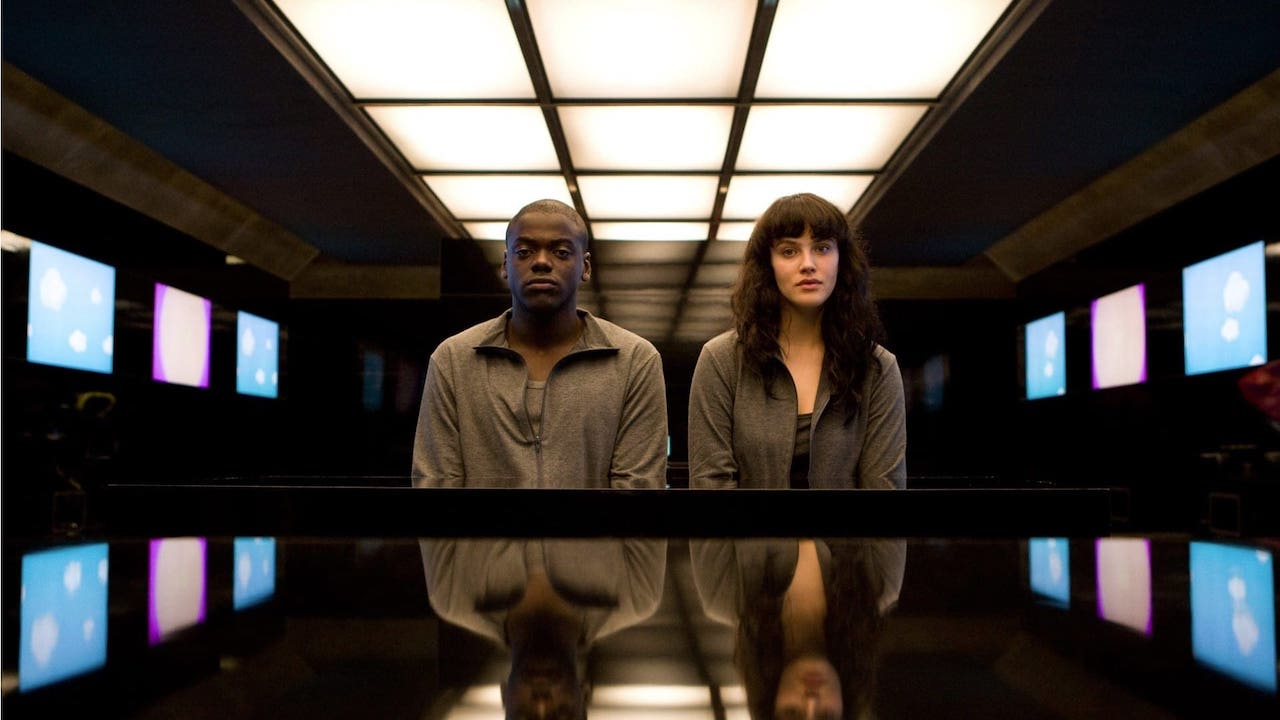
Black Mirror (2011—)
British screen critic Charlie Brooker is the mastermind behind this anthology of technological terrors, choosing as his area of inquiry the way social media and other emergent tech influence our lives. It’s proved to be a rich vein to mine; Black Mirror has racked up five seasons, with a sixth currently in the works, plus the odd experimental one-off like the Choose Your Own Adventure-style “Bandersnatch”.
The series’ key strength is its timeliness; Black Mirror’s various near-future dystopias seem so close to the real world that it sometimes barely qualifies as speculative fiction, extrapolating horrifyingly plausible scenarios from current trends. But we also get the odd delight like “San Junipero” to lighten things up a bit.
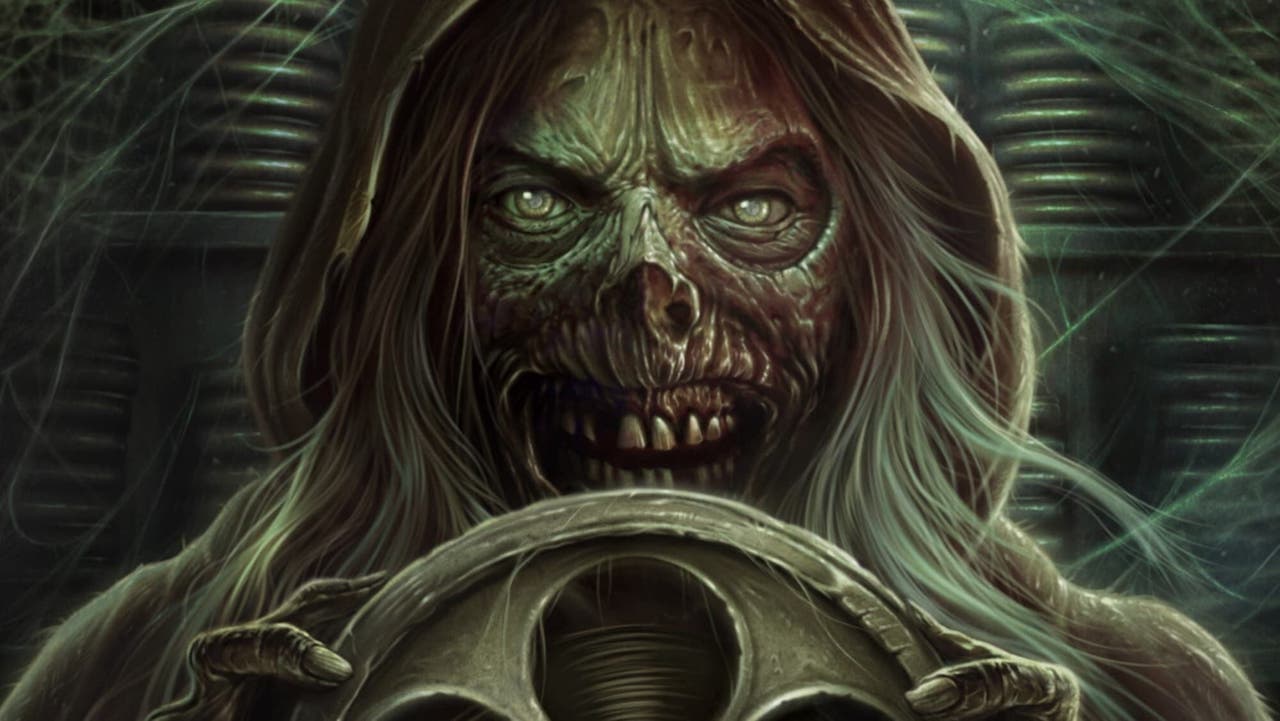
Creepshow (2019—)
The Stephen King/George A. Romero movie Creepshow and its sequel already spawned an anthology series, sort of, in the form of Tales from the Darkside, which ran from 1983 to 1988. We didn’t get an official Creepshow series until a couple of years ago, when special effects wiz and horror guru Greg Nicotero teamed up with specialty streaming service Shudder to revive the revered brand.
Drawing inspiration from the old EC horror comics that inspired the films, each episode is introduced by series mascot The Creep, who invites us into the pages of the titular comic for a dose of fun frights. Plenty of classic horror short stories have been adapted for the series, too, including Stephen King’s “Grey Matter” and “Survivor Type”, “The Companion” by Joe R. Lansdale, and “The Finger” by David J. Schow.
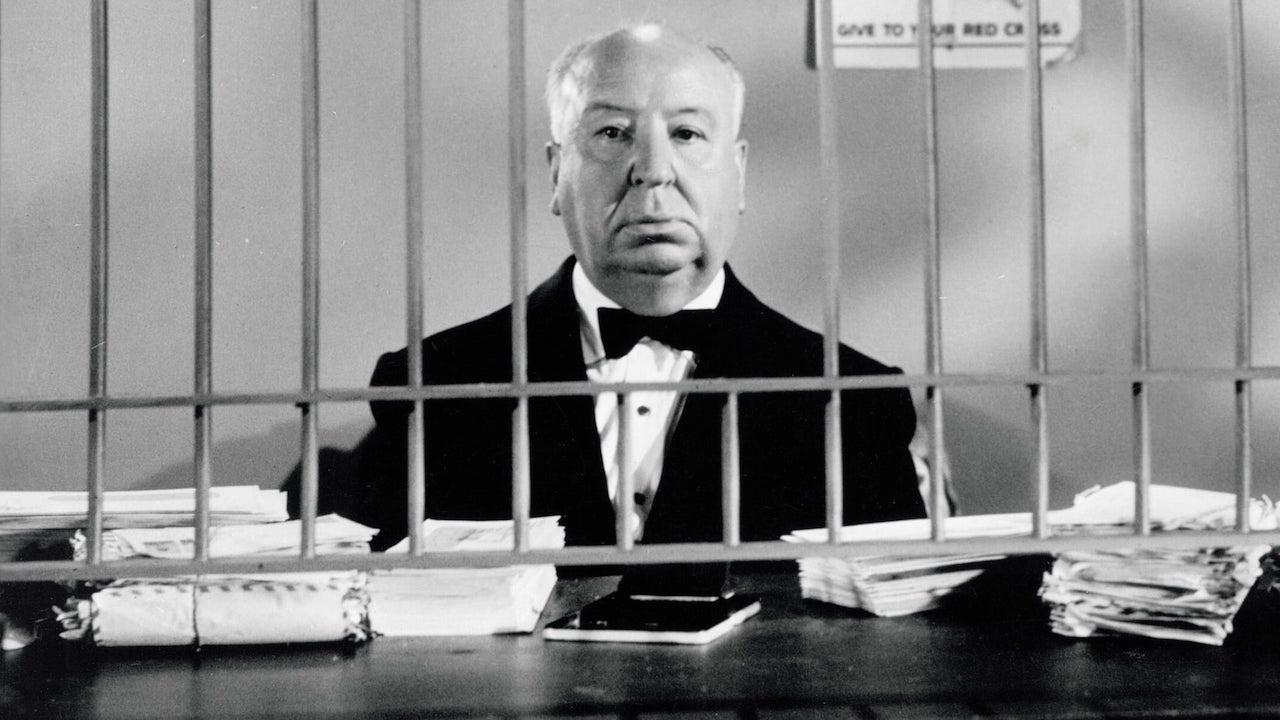
Alfred Hitchcock Presents (1955—1965)
We could not leave the Master of Suspense off the list. For seven sensational seasons ol’ Hitch presented a delicious array of dark dramas, with each episode kicking off with the iconic music “Funeral March of a Marionette” by Charles Goudod playing over a caricature of Hitchcock, and the great director wishing his audience a good evening.
Droll and merciless like Hitchcock’s films, the series, which was later retitled The Alfred Hitchcock Hour, saw early performances from the likes of Clint Eastwood, Robert Redford, Burt Reynolds, Harry Dean Stanton, and Steve McQueen. Indeed, the episode “Man from the South”, co-starring McQueen and Peter Lorre, inspired Quentin Tarantino’s segment of the film Four Rooms.










